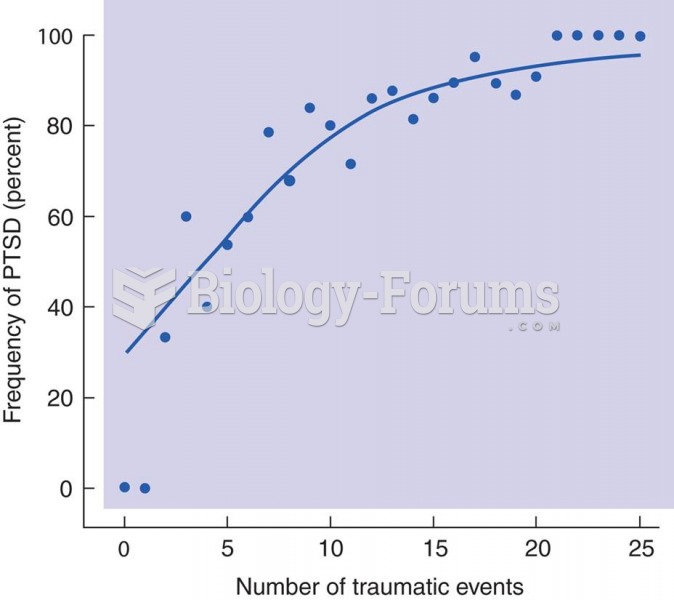Answer to Question 1
Otitis media is also referred to as serous (secretory) otitis media. This condition is characterized by the accumulation of fluid in the middle ear cavity. The Eustachian tube (also called the auditory tube or pharyngotympanic tube) ceases to function normally. Because the Eustachian tube is responsible for aerating the middle ear, the middle ear space becomes anaerobic as tissues absorb the available oxygen. At the same time, dysfunction of the Eustachian tube may impede the equalization of pressure between the middle ear space and the environment.
In either case, a relatively negative pressure may develop in the middle ear tissues, which is called transudation. In addition, this negative air pressure can also cause drainage of mucus from the middle ear tissue. This state, termed middle ear effusion, interferes with sound transmission, which in turn, reduces the movement of the tympanic membrane.
Answer to Question 2
Otitis externa is defined as inflammation of the skin of the external ear. The causes of otitis externa include:
Bacterial infection following trauma or abrasion
Failure to thoroughly clean probe tips and specula, causing infection to be transmitted from client to client
Viral infection, including infection with herpes zoster virus
Inflammation of tissue causes edema or swelling. When the epithelium is tightly bound to its underlying structure, as it is in the external auditory meatus (EAM) and pinna, severe pain results. Intense pain is caused by the increased tension on the epithelium. Otitis externa may not only cause pain, but can result in facial paralysis or hearing loss due to the involvement of the facial or vestibulocochlear nerves.







